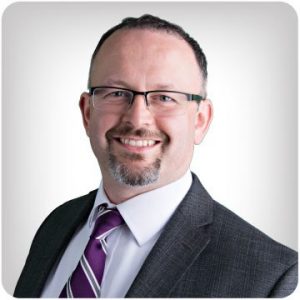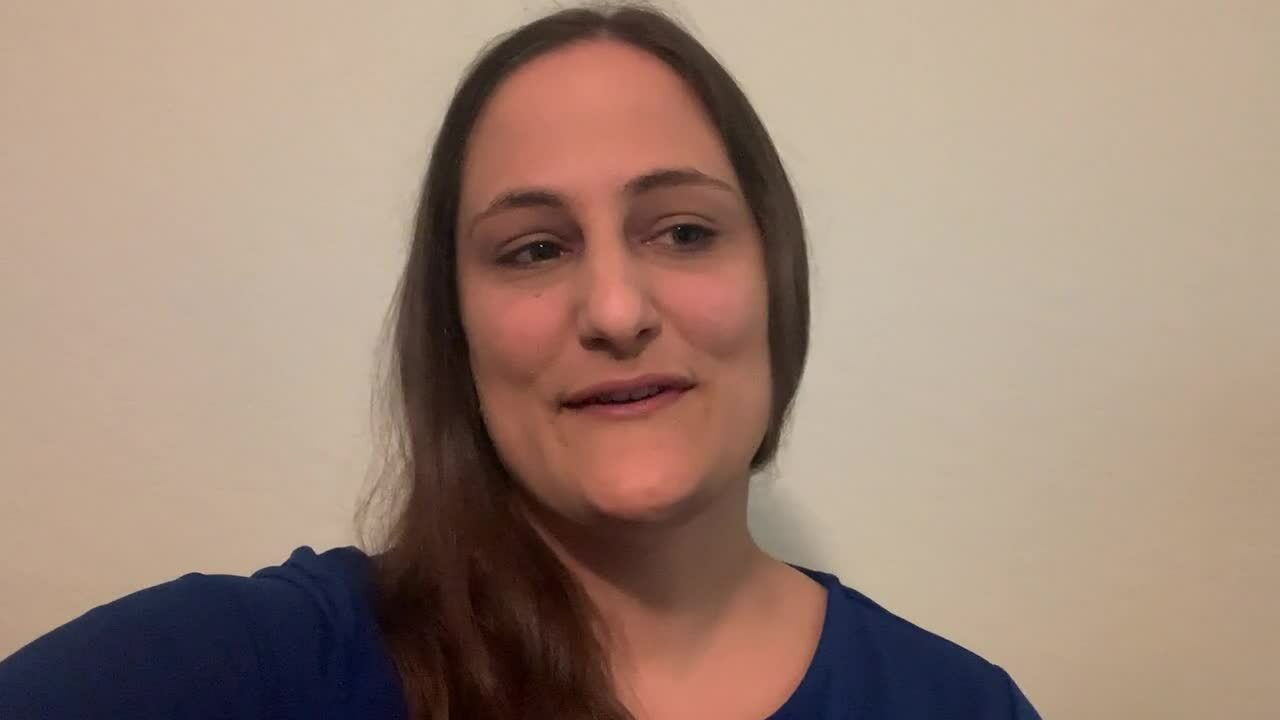The Covid-19 pandemic has further highlighted the prevalent inequities in our health system that lead to different outcomes based on race, ethnicity, socioeconomic status and a variety of other determinants.
Brian S. Smith, Chief Pharmacy Officer at Shields Health Solutions, was a featured speaker at the Alliance For Health Policy’s (AHP) Signature Series thought leader discussion on health equity on July 15 to discuss this issue, along with other industry leaders who have expertise and interest in addressing this topic, and how Shields addresses the problem.
“Now more than ever, it is imperative to bring the health disparities in this country to the forefront of the health care conversation,” Smith said. “I was honored to discuss this crucial topic with the Alliance For Health Policy, and look forward to Shields and others making a lasting impact for patients who are most in need of quality access to care.”
Shields, the nation’s leading health system specialty pharmacy integrator and accelerator, addresses health inequalities in a variety of ways, including:
-
-
Growing the specialty pharmacy industry
Health system specialty pharmacies have grown from 7.8% in 2015 to 26.4% in 20191. This growth represents an opportunity for health systems to extend care outside the hospital through coordinated care from bedside to pharmacy. Shields streamlines the specialty pharmacy process for hospitals and health systems that want to invest in the specialty pharmacy business or who want to see enhanced results of their existing pharmacies.
-
-
-
Local, community-driven health care
“Healthcare is local and Shields operates as partners to our health systems, and by extension, to the communities those health systems serve,” Smith said. “Shields is a growing company that operates nationally, but the care we provide is personal and specific to the communities we serve. We are proud of the impact we make at the community level and continue to look for ways to improve the outcomes of the patients we serve.”
Shields partners with nearly 70 hospitals and health systems, representing more than 850 hospitals in the United States, many of which operate in communities with highly vulnerable patient populations. Our integrated care model helps these populations get access to care with increased payer and drug access for our partners, and reducing additional barriers to care that can interfere with medication adherence and better patient outcomes.
-
-
Our integrated care model
The Shields integrated care model focuses on providing better care for the patients we serve. A dedicated team of experts consisting of pharmacists, pharmacy liaisons and patient advocates work as part of a multidisciplinary care team and use our integrated care technology platform to provides better access to coverage (>90% payers) and therapies (>90% of LDDs) with lower copays (~$2 vs. >$100) and quicker time to therapy (<2 days vs. 2 weeks).
Shields acknowledges the health inequities in this country and believes in positive change at the federal level to improve better care for all, advocating for:
Access for all patients by eliminating restricted networks and providing patients with information that helps them choose the best, lowest cost specialty pharmacy for their needs.
Strengthening health safety net providers by protecting 340B, direct and indirect remuneration (DIR) fees, and other programs that support these critical providers.
Maintaining 340B to its original intent which is to enable covered entities to stretch scarce federal resources to reach more eligible patients and provide more comprehensive services. Protecting and solidifying 340B will help support safety-net hospitals that care for the most vulnerable patients.
“Patients are so much more than their conditions and their health care should be more than just medications,” Smith said. “Our integrated care model does just that, providing comprehensive, coordinated, personalized care to the patients who need it most, resulting in improved outcomes and an enhanced patient experience.”
REFERENCES
1 Pedersen CA, Schneider PJ, Ganio MC, Scheckelhoff DJ. ASHP national survey of pharmacy practice in hospital settings: prescribing and transcribing—2019. Am J Health Syst Pharm. 2020;77(13):1026-1050. doi:10.1093/ajhp/zxaa104







